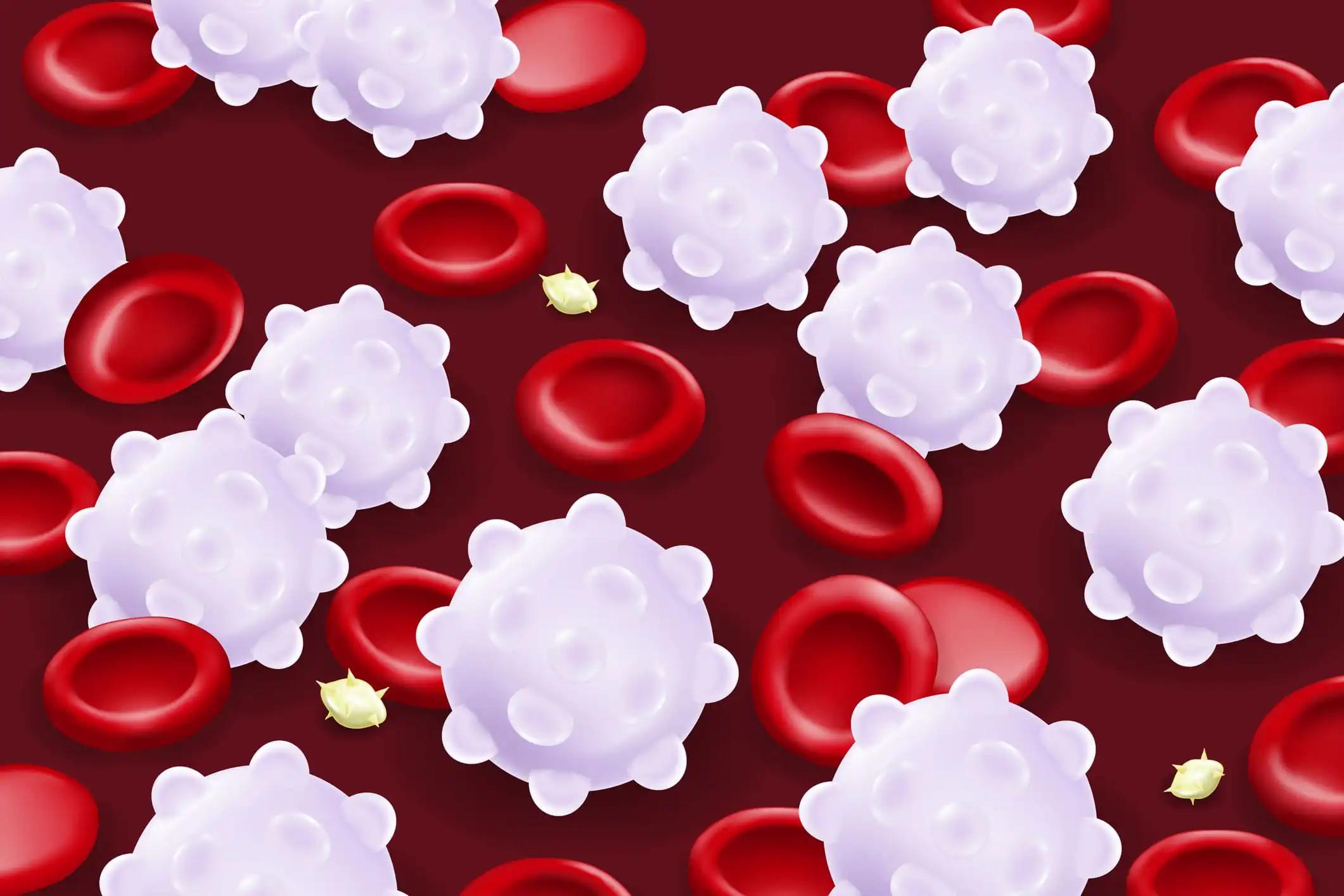KEY TAKEAWAYS
- The study aimed to investigate the utility of chest computed tomography (CT)-derived features as predictors of prognosis in patients with AML.
- Researchers noticed that the chest CT-MSF nomogram, incorporating myosarcopenia, spleen_CTV, and SF_CTV features, holds promise for prognostic prediction in patients with AML.
Identifying prognostic factors is vital for timely intervention to enhance outcomes in acute myeloid leukemia (AML) cases. This task is pivotal in strategizing early interventions that can mitigate the severity of the disease and improve patient prognosis. Recognizing survival predictors enables healthcare professionals to tailor treatment plans to individual patient needs, optimizing therapeutic efficacy and patient care in AML management.
Xiaoping Yi and the team aimed to identify features derived from chest computed tomography (CT) to predict the prognosis for AML.
They conducted an inclusive analysis involving 952 patients diagnosed with pathologically-confirmed AML between 2010 and 2020. CT-derived features, encompassing body composition and subcutaneous fat characteristics, were extracted from initial chest CT images. These features were utilized to develop predictive models for prognosis.
A CT-derived MSF nomogram was formulated using multivariate Cox regression, incorporating CT-based features. The prediction models’ performance was evaluated through discrimination, calibration, decision curves, and improvements.
About 3 CT-derived features, including myosarcopenia, spleen_CTV, and SF_CTV (MSF), emerged as independent prognostic predictors for AML (P< 0.01). A CT-MSF nomogram exhibited performance with AUCs of 0.717, 0.794, 0.796, and 0.792 for predicting 1-, 2-, 3-, and 5-year overall survival (OS) probabilities in the validation cohort, surpassing the ELN risk model.
A new MSN stratification system (MSF nomogram plus ELN risk model) effectively categorized patients into new high, intermediate, and low-risk groups. Patients classified as high MSN risk demonstrated potential benefits from intensive treatment (P= 0.0011).
The study concluded that the chest CT-MSF nomogram, incorporating myosarcopenia, spleen_CTV, and SF_CTV features, holds promise as a predictive tool for assessing the prognosis of AML.
This study is sponsored by the Talent Young Program of Guangdong Province, National Natural Science Foundation of China and the Leading Talents Program from The First Affiliated Hospital of Jinan University to H.Z., Natural Science Foundation of Hunan Province, China Post-Doctoral Science Foundation, the Project Program of National Clinical Research Center for Geriatric Disorders, and National Natural Science Foundation of China to X.Y.
Source: https://pubmed.ncbi.nlm.nih.gov/38609917/
Yi X, Zhan H, Lyu J, et al. (2024). “A chest CT-based nomogram for predicting survival in acute myeloid leukemia.” BMC Cancer. 2024 Apr 12;24(1):458. doi: 10.1186/s12885-024-12188-8. PMID: 38609917; PMCID: PMC11010287.



